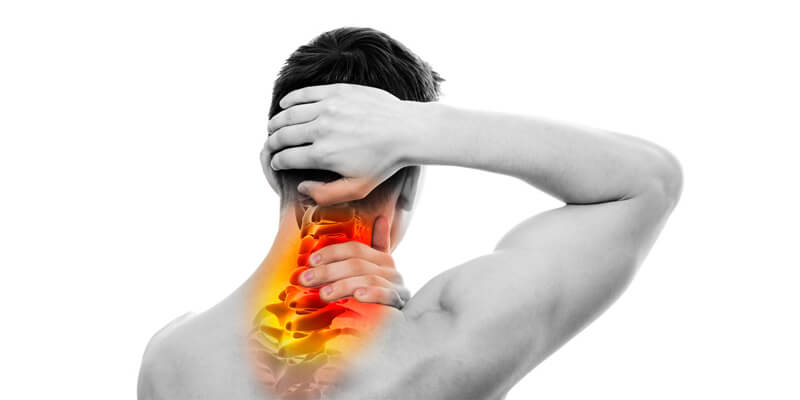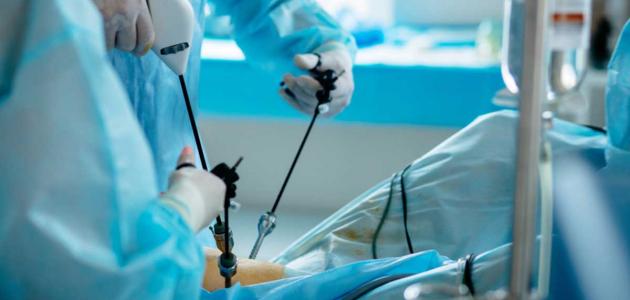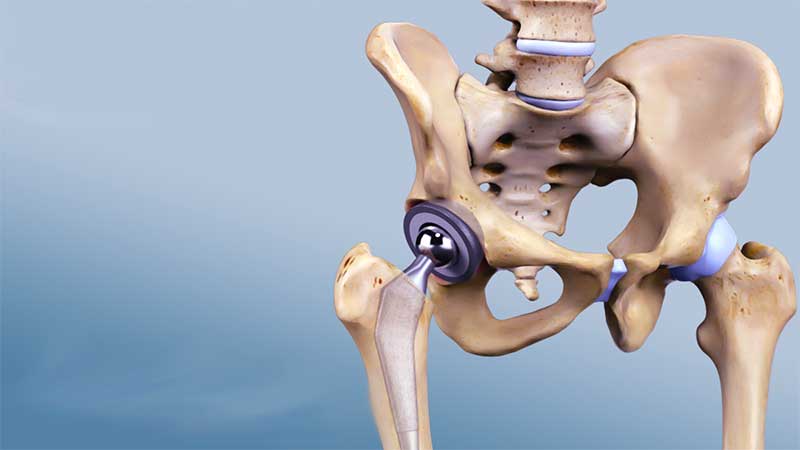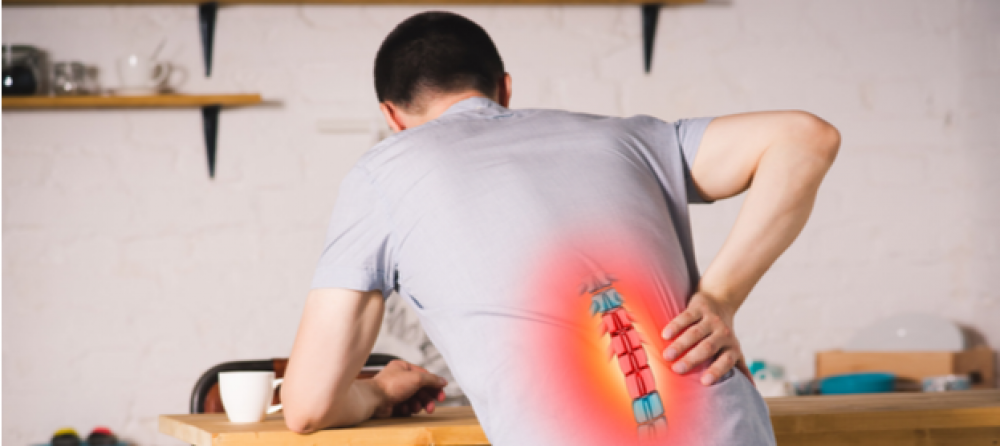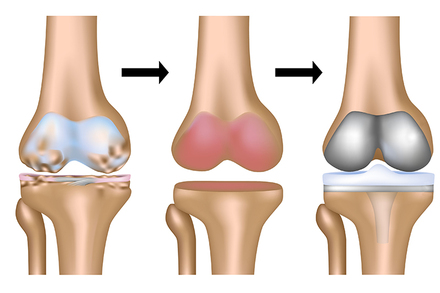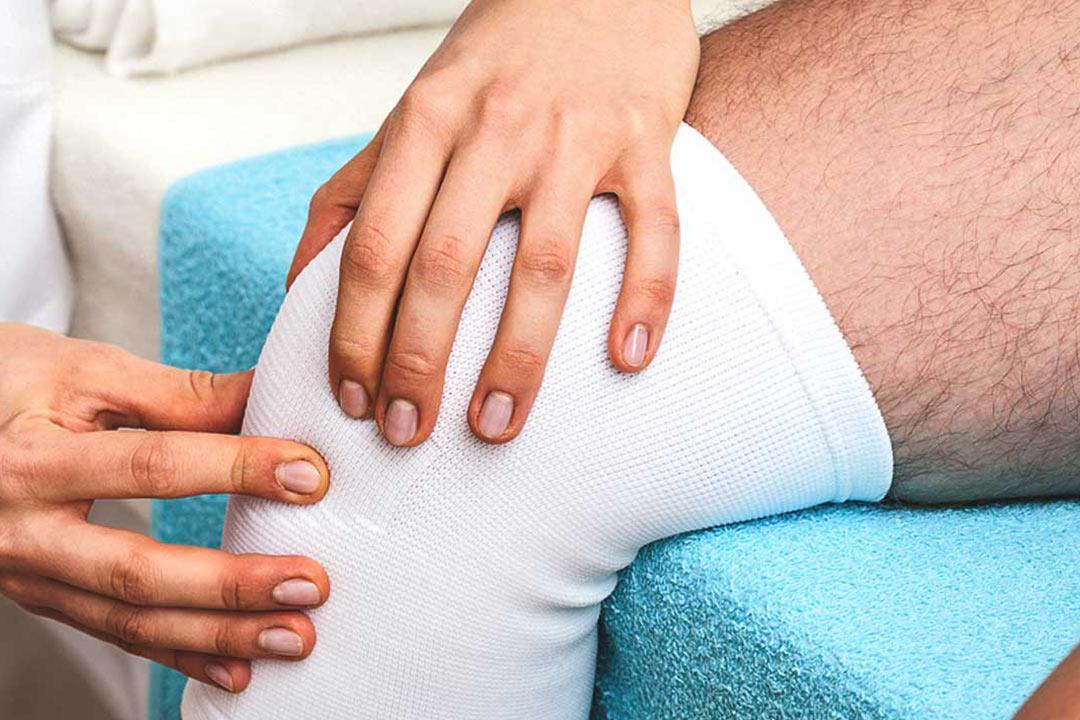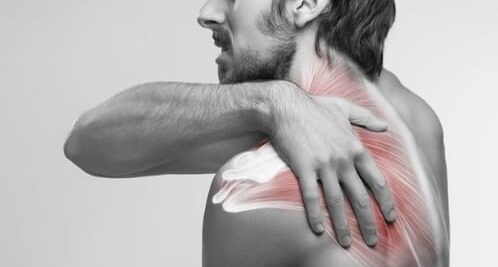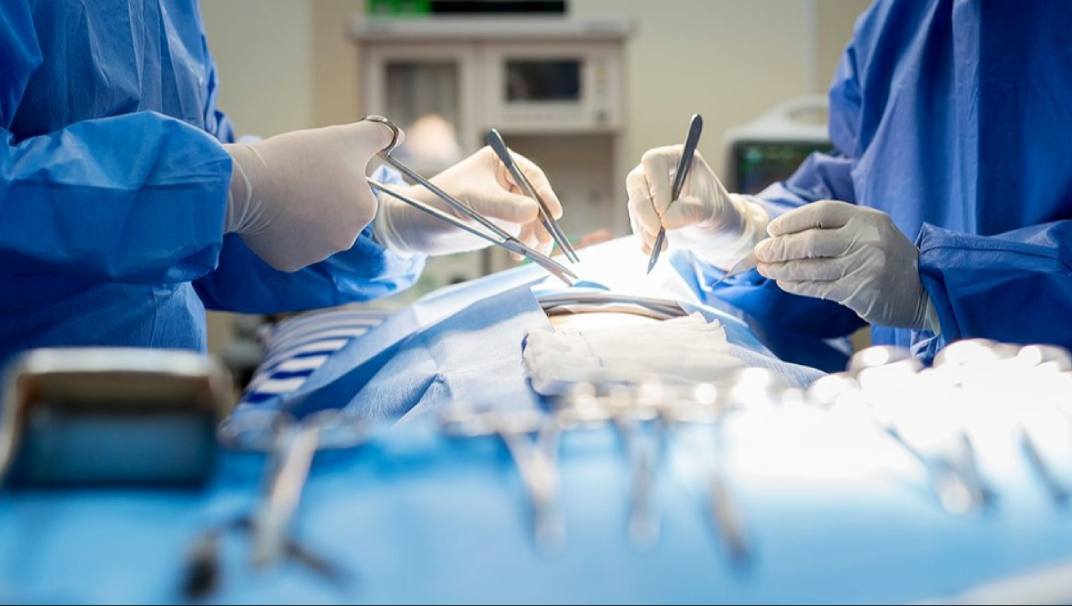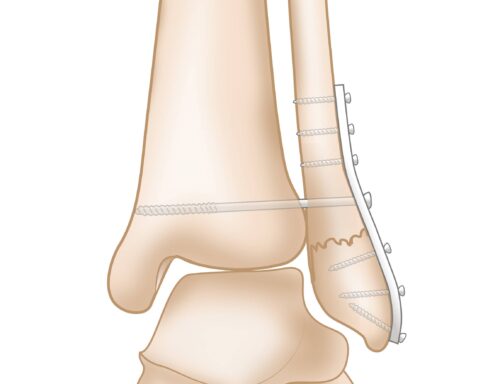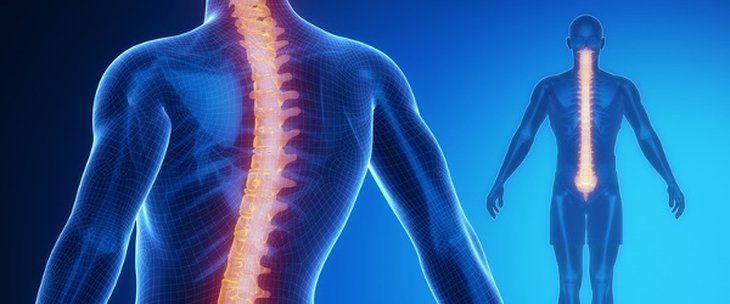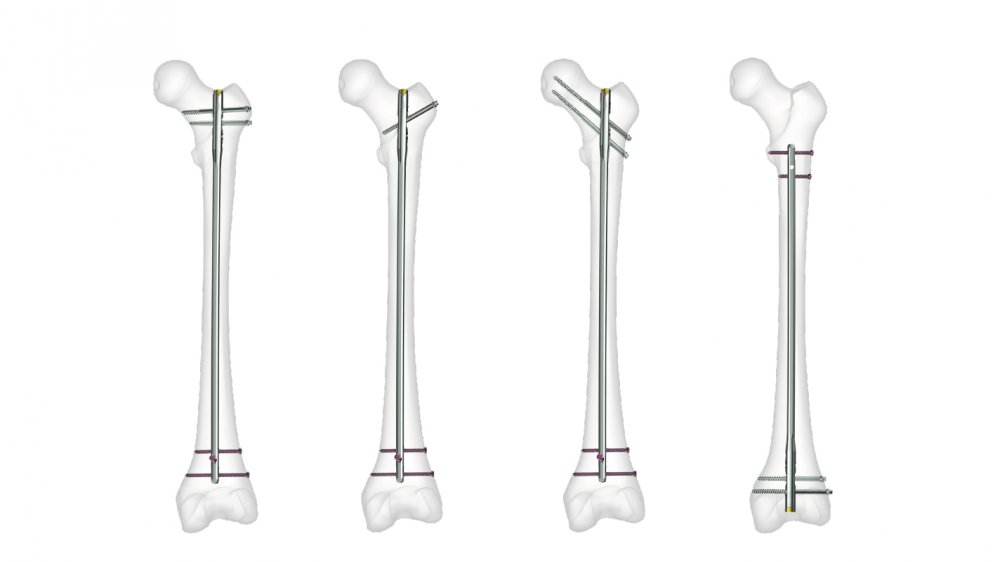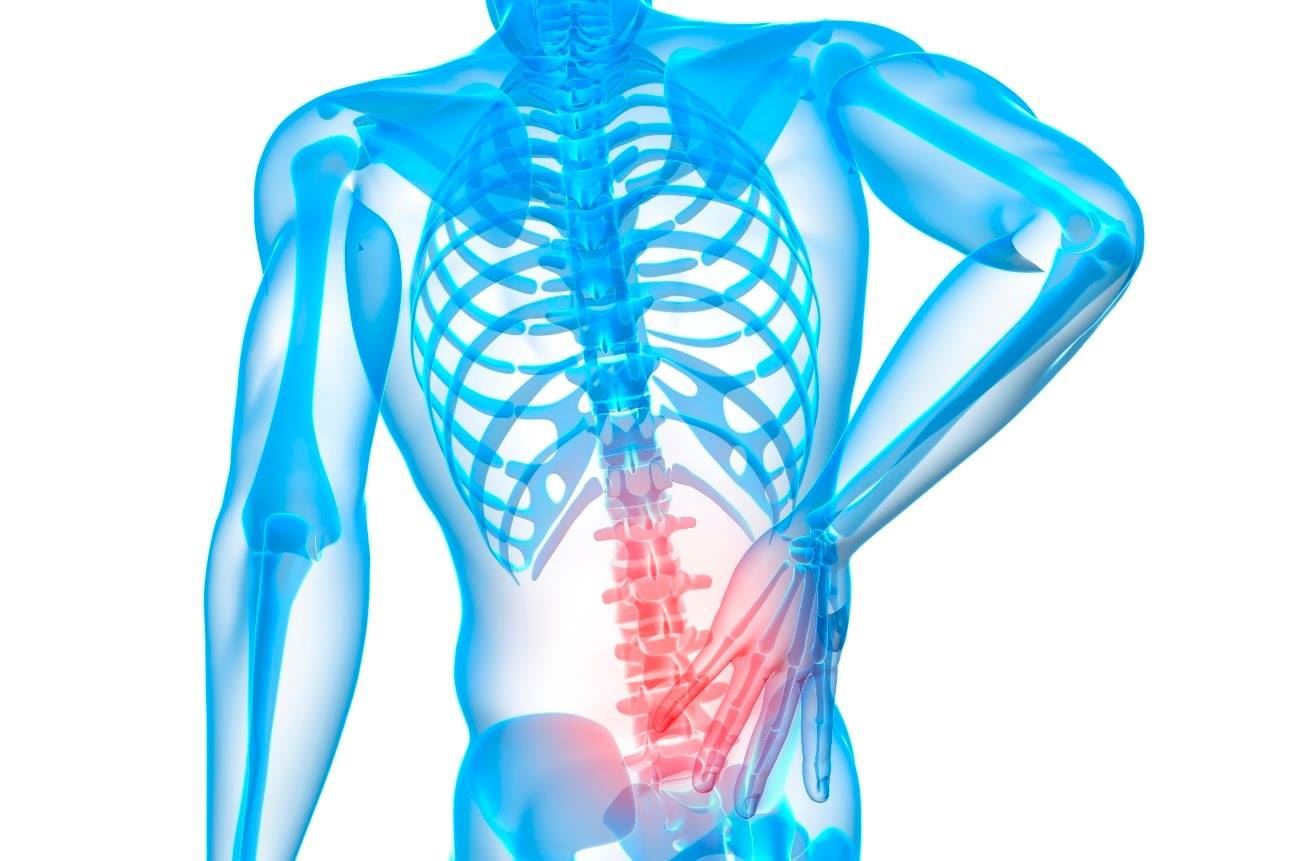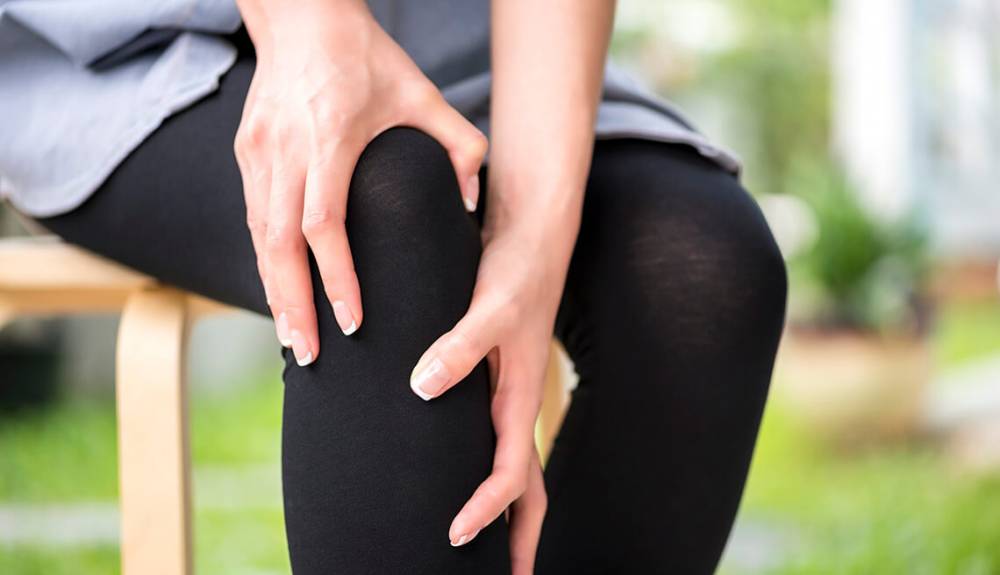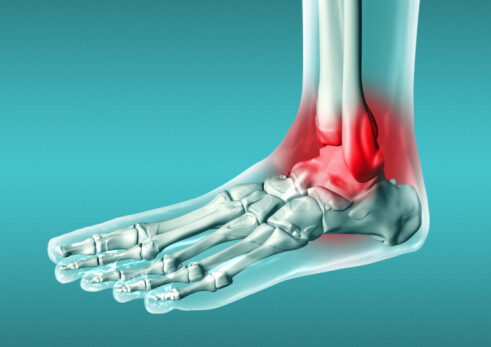When is it allowed to walk after installing leg screws? What are the types of bone fractures?
There is a lot of information that we explain in the following article about bone fractures and what type of treatment is used to repair them.
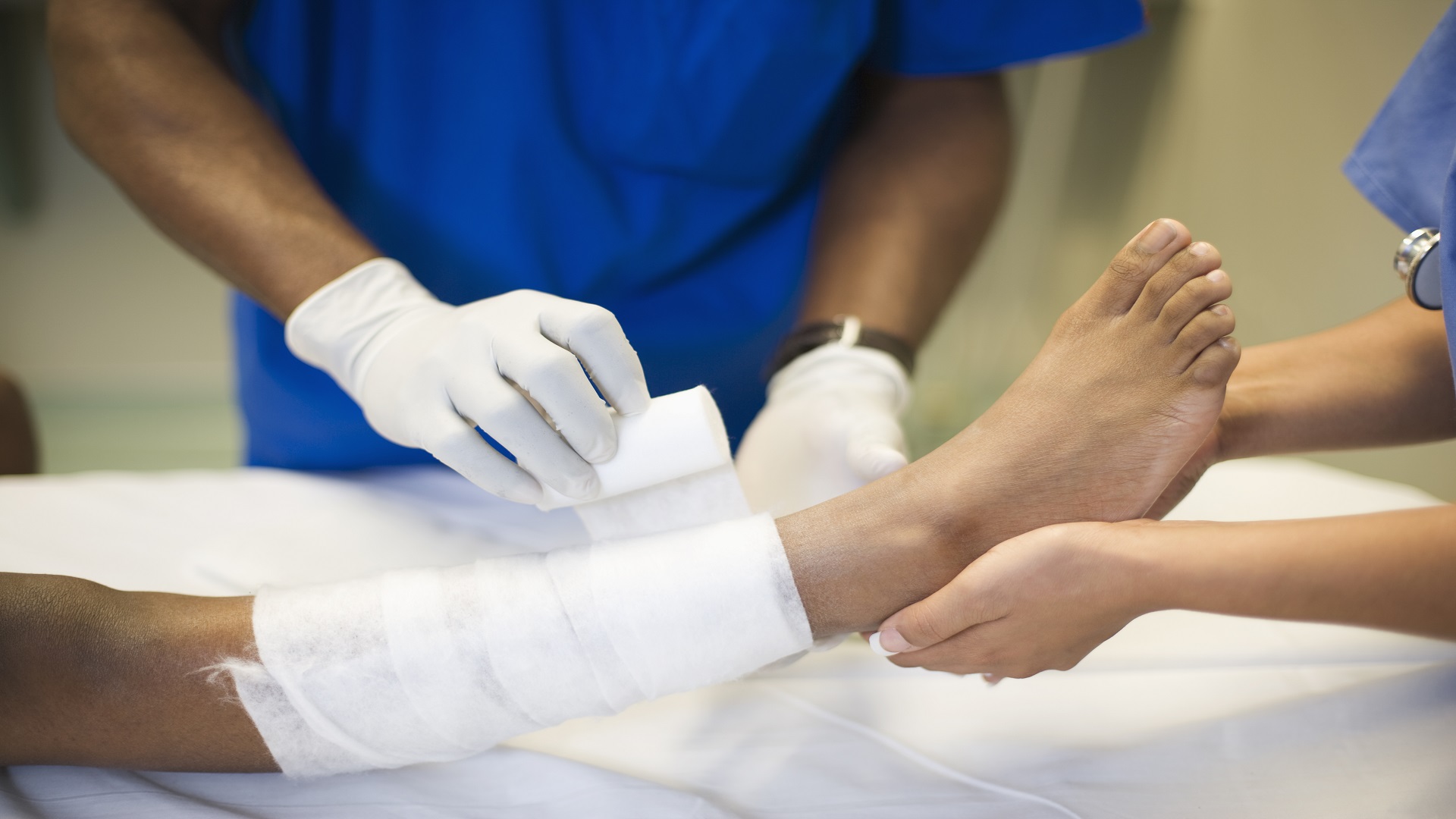
bone fractures
The bones in the body can be exposed to fractures, and thus it can affect the person’s ability to move, and this happens as a result of many factors, including exposure to injury, an accident, or a direct and strong fall on the bones, which led to a fracture in them.
Types of bone fractures
There is more than one division of fractures, and this depends on the reason that caused them, and they are as follows:
- Partial fractures: This type is a fracture in part of the bone, but it does not extend to the whole bone.
- Complete fractures: This type of fracture is in the entire affected bone and the affected bone separates into two halves.
- Open fractures: This type of fracture has a wound in the skin around the affected bone, with the possibility of the affected bone protruding from it.
- Closed fractures: No wound appears on the skin in this type of fracture, and the fracture is in the bones themselves, without making holes or cracks in the skin.
- Stress fractures: It is an uncommon type of fracture and requires careful diagnosis in order to reach it.
- Displaced fractures: These fractures are caused by fragments that occurred after a bone fracture and require prompt surgical intervention.
Fractures often need an immediate surgical procedure that works to repair and stabilize the bones in which the fracture occurred so that the injury does not worsen and the person is exposed to many complications, and there is more than one type of surgery that is used to treat fractures, including the installation of plates and screws, which are relatively modern medical procedures that work Fixing and strengthening the broken bone.
Bracket and leg bolt installation process
During the process of installing the plates and screws, the surgeon works to stabilize the bones well so that the bones can heal again and the patient can regain normal physical activity. There is more than one type of screws and plates, including nickel, cobalt, etc., and the attending physician chooses the most appropriate type to perform the operation.
This type of operation is performed to limit the effect of total anesthesia because it is one of the operations that takes some time to perform, and often the slices and screws do not come out of the body because they are designed to be valid for life in the affected bones, but if complications or pain and swelling occur from them, it increases Over time in the affected bone, the doctor can remove them, about a year after surgery.
How long does the slides and screw process take?
The process of installing plates and screws in the leg can take several hours, and this is due to the type of fracture that occurred in the leg and the extent of damage to the tendons and muscles. Mostly, the injured person stays in the hospital for several days until he is able to use crutches, and the necessary examinations are performed for him before discharge.
When is it allowed to walk after installing leg screws?
The recovery period after the fracture can vary from one person to another depending on the extent of the fracture and its impact on the injured part. After the operation of installing screws in the leg, the recovery period can reach about a full year, and the injured person should not start walking on the injured leg until after recovery is complete so as not to be exposed to other risks.
Do slides and screws cause pain?
The patient may feel pain after the surgery to install plates and screws in the leg or in any other fractured bone, and this is due to a wound in the affected area and not as some think of the plates and screws in it, and the pain can be dealt with through painkillers, but you must refer to the doctor Specialist in case of increased pain.

